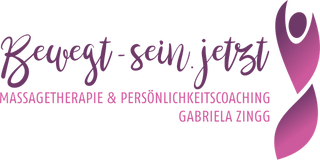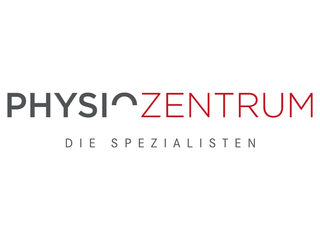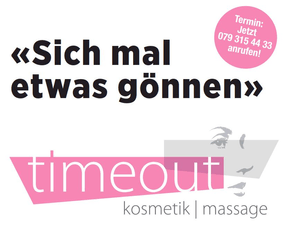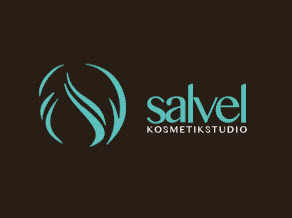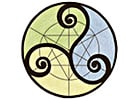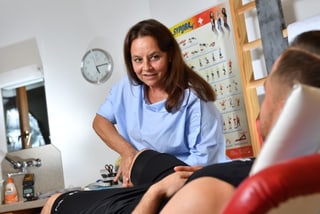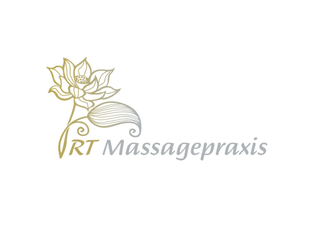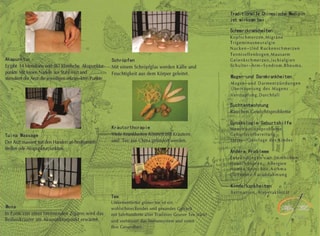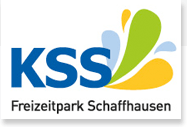Please use Microsoft Edge, Google Chrome or [Firefox](https://getfirefox. com/).

Do you own or work for Ochsner Beatrix?
About Us
Shiatsu
What is Shiatsu?
Shiatsu is a body therapy. Shiatsu translated from Japanese means "finger pressure".
With rotational movements, stretches and pressure with the hands, elbows, thumbs and knees, the meridians (energy channels) and acupuncture points are treated. Tensions, blockages and energy congestion are thereby released and the self-healing powers activated.
Shiatsu incorporates the elemental teachings of Chinese medicine.
**The five elements, earth, metal, water, fire and wood.
How does Shiatsu work?
- harmonizing
- grounds
- shows where the body's own limits are
- helps to feel the body again
- accompanies through difficult processes
- improves health and quality of life
- activates the self-healing powers
- increases body awareness
- Shiatsu, a space of silence, tranquility, regeneration
When is Shiatsu used?
- in case of lack of energy
- physical and mental stress
- exhaustion
- immune deficiency
- for vegetative and sensory disorders
- for general promotion of your health
- accompaniment during pregnancy
- migraine, tension headaches
- backache
- tensions
- Process support in difficult life situations
Treatment
The treatment lasts about one hour. During the treatment the client lies on the floor.
The meridians (energy pathways) are released through rotational movements, stretching and acupressure on the corresponding acupuncture points and meridians.
Dress for Shiatsu:
Comfortable and natural, a long-sleeved t-shirt, leggings or trainer pants and socks are ideal.
Recognized by all health insurance companies (EMR, ASCA, EGK and Visana).
Hourly rate: Fr. 140.--
On request I offer Shiatsu at the workplace in companies.
Trisana Spine Technique
The Trisana Spinal Technique is called a holistic treatment because of the physiological relationship between the sacrum (sacral bone) and the occiput (occipital skull). These two regions serve as anchor points for the sac-like mebrane (duramater) that surrounds the brain and spinal cord. Inside cerebrospinalis, the cerebrospinal fluid. In the human body is found a special function that is partly responsible for good health. It is the circulation of cerebrospinal fluid throughout the nervous system. A precise, regular, rhythmic movement between the skull and sacrum regulates the circulation of CSF around the brain and spinal cord and through the entire nervous system. It is the circulatory system of the brain and spine it is also called the "sacral pump mechanism".
Pelvis and spine
The pelvis is formed by two hip bones and the triangular bone in the middle called the sacrum. The connection of the sacrum to the hip bone is called the sacroiliac joint (ISG). The ilium forms the base for the spine, which in turn supports the skull. The bony structures provide protection for the brain and spinal cord.
The muscles
The muscles that are affected connect the pelvis, more specifically the sacrum with the occiput. These muscles provide support for the sacro-occipital pumping mechanism.
Stress
When muscles and joints change their function, we talk about sacral syndrome. This phenomenon occurs when the sacroiliac joints are subluxated and one half of the hip moves forward and the other moves backward. The sacrum rotates and the sacral pump loses its rhythmic function. The result is twisting of the dura membrane around the brain and spinal cord due to pelvic rotation.
Asymmetric spine
Asymmetrical spine results from pelvic rotation. The shoulder girdle works reciprocally inverted (reciprocal) and the head may get into a flow obliquity. The torsion interferes with the free flow of cerebrospinal fluid. The sacral pump becomes unstable, gets out of pulsatile rhythm and can no longer carry the required amount of CSF around the brain and spinal cord. This leads to lack of nourishment, increases toxins and decreases the functions of the whole body. As we know, the nervous system controls the functions of all tissues, organs and systems in the body, therefore symptoms can occur in large numbers:
- Disorder of internal organs
- skin irritations
- Numbness in the face
- sleeplessness
- Lower back pain
- headache
- nervousness
- weight problems
Subluxation
When the stress in the pelvis becomes too great, the ligaments in the pelvis are stretched, the ISG splits and the sacrum slips to the side. The spine becomes unbalanced, causing the vertebrae of the spine to become misaligned. This can irritate and press the nerve roots along the spinal cord. The separation of the weight-bearing sacroiliac joint results in the shoulder girdle and neck twisting alternately. Likewise, the balance of weight-bearing joints, such as the knees, ankles, and arches of the feet, becomes sensitively disturbed. Symptoms may be varied and far removed from the pelvis, yet may include some of the following:
- Jaw pain
- neck pain
- ear pain
- Loss of balance
- Lateral headaches
- Shoulder, arm and hand pain
- Lateral chest pain
- Groin pain
- Lateral thigh pain
- Knee-ankle and foot problems
- Menstrual problems
- Lower back pain
When the stress of a subluxation persists for a long period of time, the pressure on the discs increases many times over. Usually, the disc at the 5th lumbar vertebra will protrude under the stress and irritate the sciatic nerve. This can lead to the following symptoms:
- Pain that travels down the back of the leg.
- Burning sensations down the back of the leg
- Pinpricks in the leg
- Tightness in the leg
- Numbness in the leg or back
- Lack of bowel and bladder control
- Pain when sitting, standing up and coughing
- Cold sensation in the limbs
Scar care - and - removal
Why should scars be decontaminated?
Scars can behave like a barrier in a stream. This obstructs the flow of water. In front of the barrier, a flood develops over time. After the barrier, the water flows sparsely and the surrounding area may dry out.
As described above, scars can significantly hinder and disturb the flow of body energy in the meridians. Thus, before a disturbance scar in the direction of flow, a lot of energy can flow, and after the disturbance scar, little energy flows. Both states "energy fullness and energy emptiness" can be the cause of pain and discomfort.
Therefore, it is important to remove scars so that our energy can flow freely in the body.
This text has been machine translated.
Location and contact
Ochsner Beatrix
-
office address
Posthof 7 8200 Schaffhausen
-
Phone
0526... Show number 052 672 21 25 *0796... Show mobile number 079 639 24 71 *
-
Write an e-mail
- Visit site Visit site
- * No listing required
reviews
Do you wish to rate "Ochsner Beatrix"?

There are no reviews for this company yet.
Have you any experience of this company?

* These texts have been automatically translated.
Other listers

Ochsner Beatrix

